In 1982, inspired by Nathaniel Bishop’s book Voyage of the Paper Canoe, I built a 17′ decked cruising canoe with a laminated paper hull and deck reinforced with a yellow-cedar frame. On August 15, 1983, a paddling partner in a fiberglass kayak and I set out to follow Bishop’s 2,500-mile route from Quebec City to Cedar Key, Florida. Almost all of the route is well protected and only twice did we have to go ashore to wait for safe conditions. There was only one dangerous moment that could have turned out badly. It happened on Love Point on the north end of Kent Island in the middle of Chesapeake Bay. Here’s how I recorded it in my journal:-------------------
Thursday, October 13, 1983

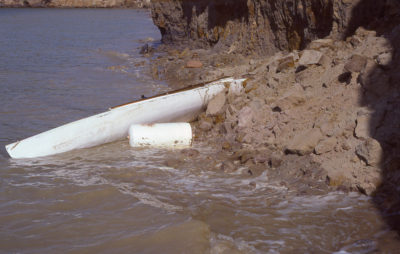


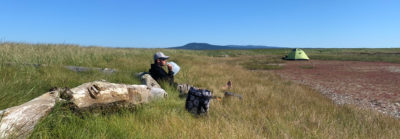
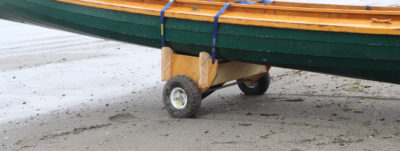

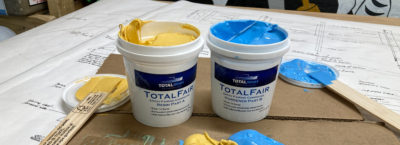
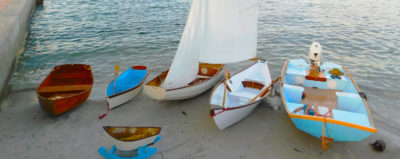
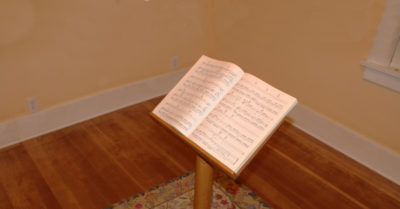
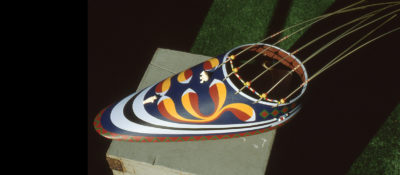
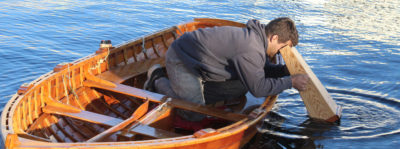

Enjoyable and exciting. Nice story with very simple sentences that cut to the quick. How nice to find such warm and helpful people. The world is still good.
But a paper kayak? That took guts. Brains?
Very intrepid voyage.
How old is the author now?
People have been intrigued by paper boats for maybe a century, I think due to the cheapness of the material. Early experimenters often used varnish as the binder, and sometimes glue. The boats usually fell apart rather quickly.
I wonder if epoxy might work better. It is flexible and strong as well as waterproof.
I think epoxy would work, but it would have been much more expensive than the carpenter’s yellow glue (aliphatic resin, the original Titebond) I had used. I tried Weldwood Plastic Resin (ureaformaldehyde) for my first hull layup, but it distorted as it cured and became very hard and brittle.
I had to rebuild the hull after 500 miles. I stopped in Troy New York, where paper boats were manufactured in the late 1800s, and I used brown paper towels, Handi-wipes, and polyester resin.